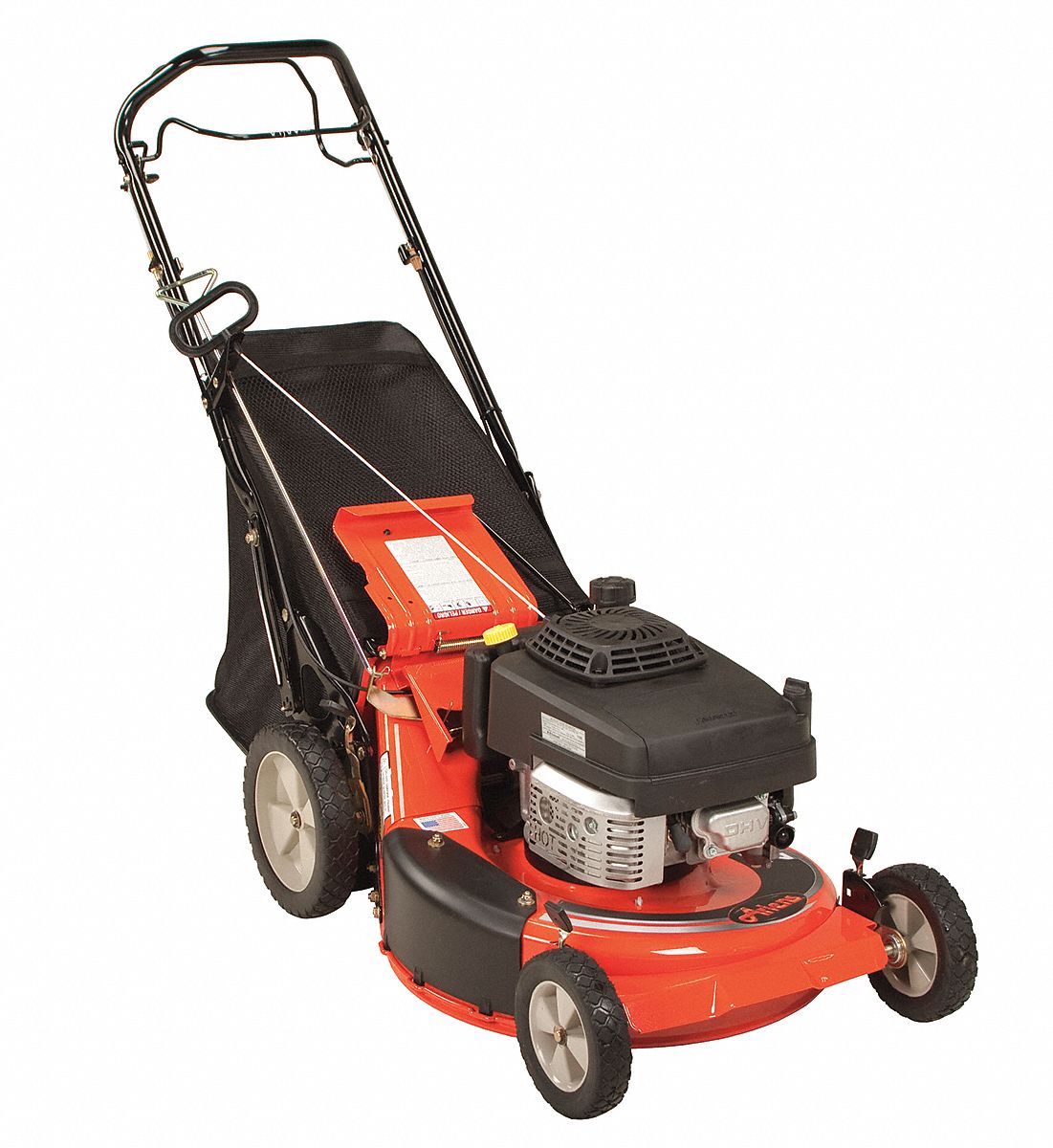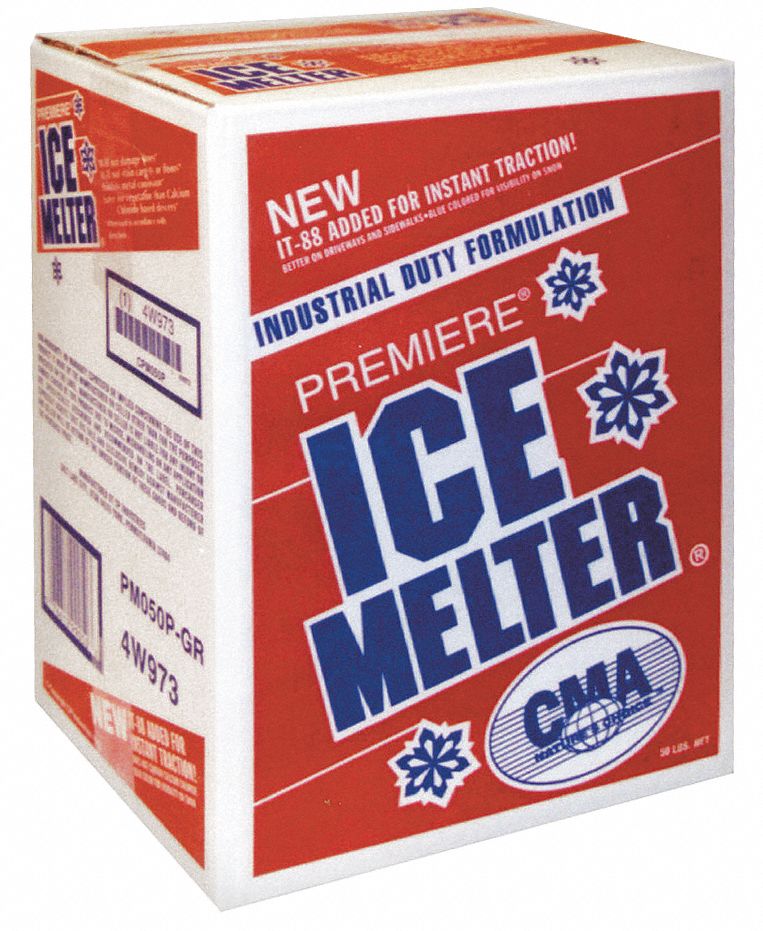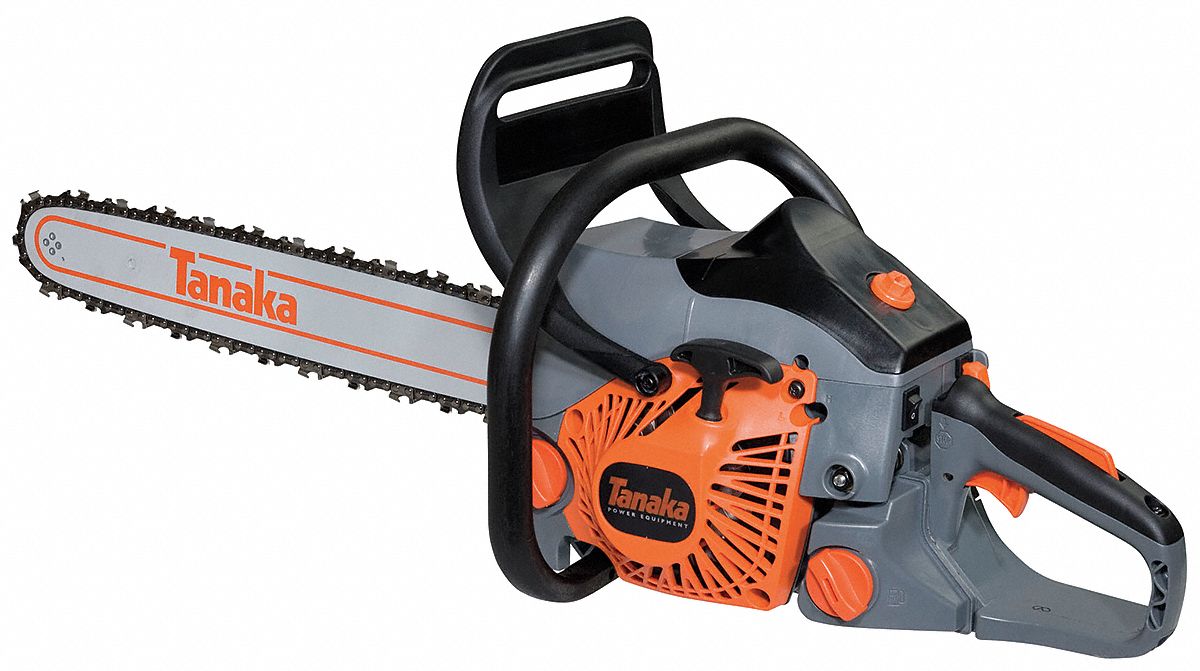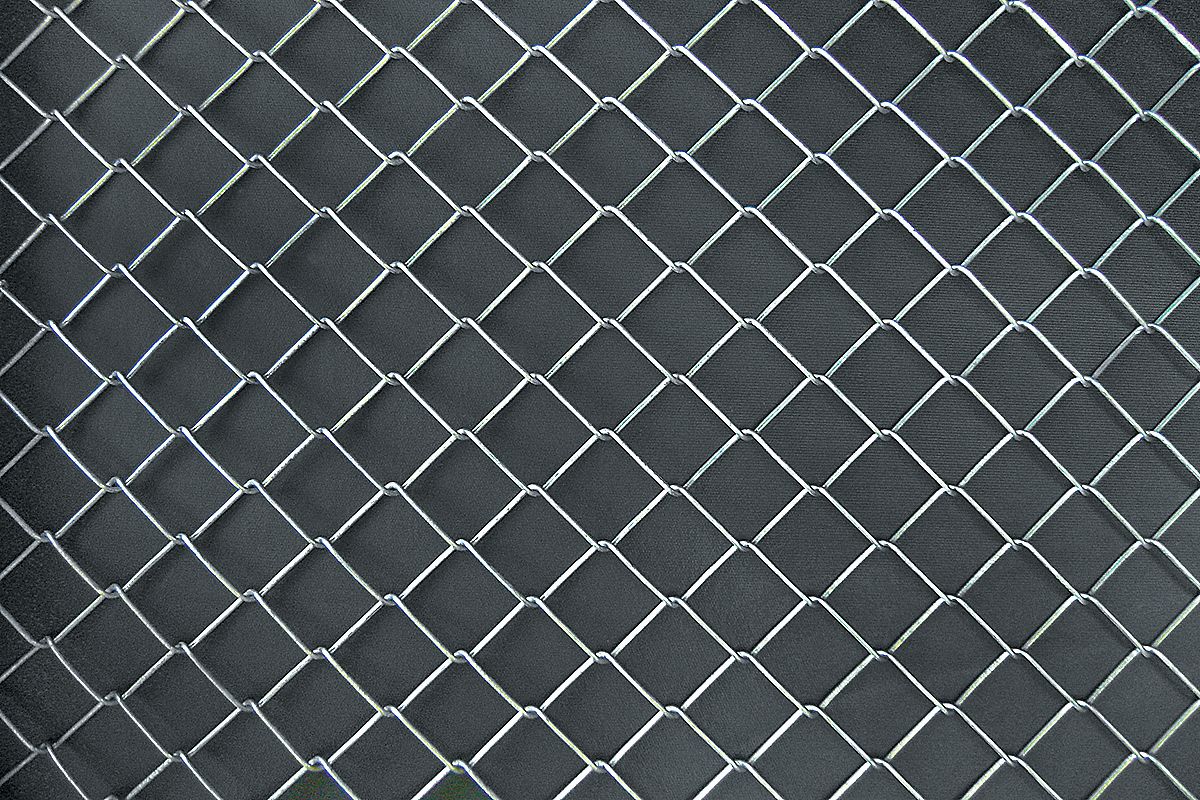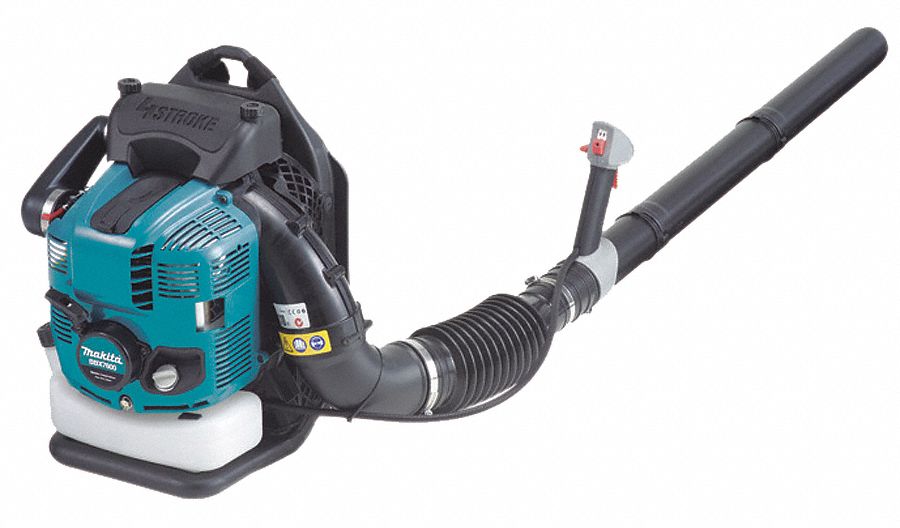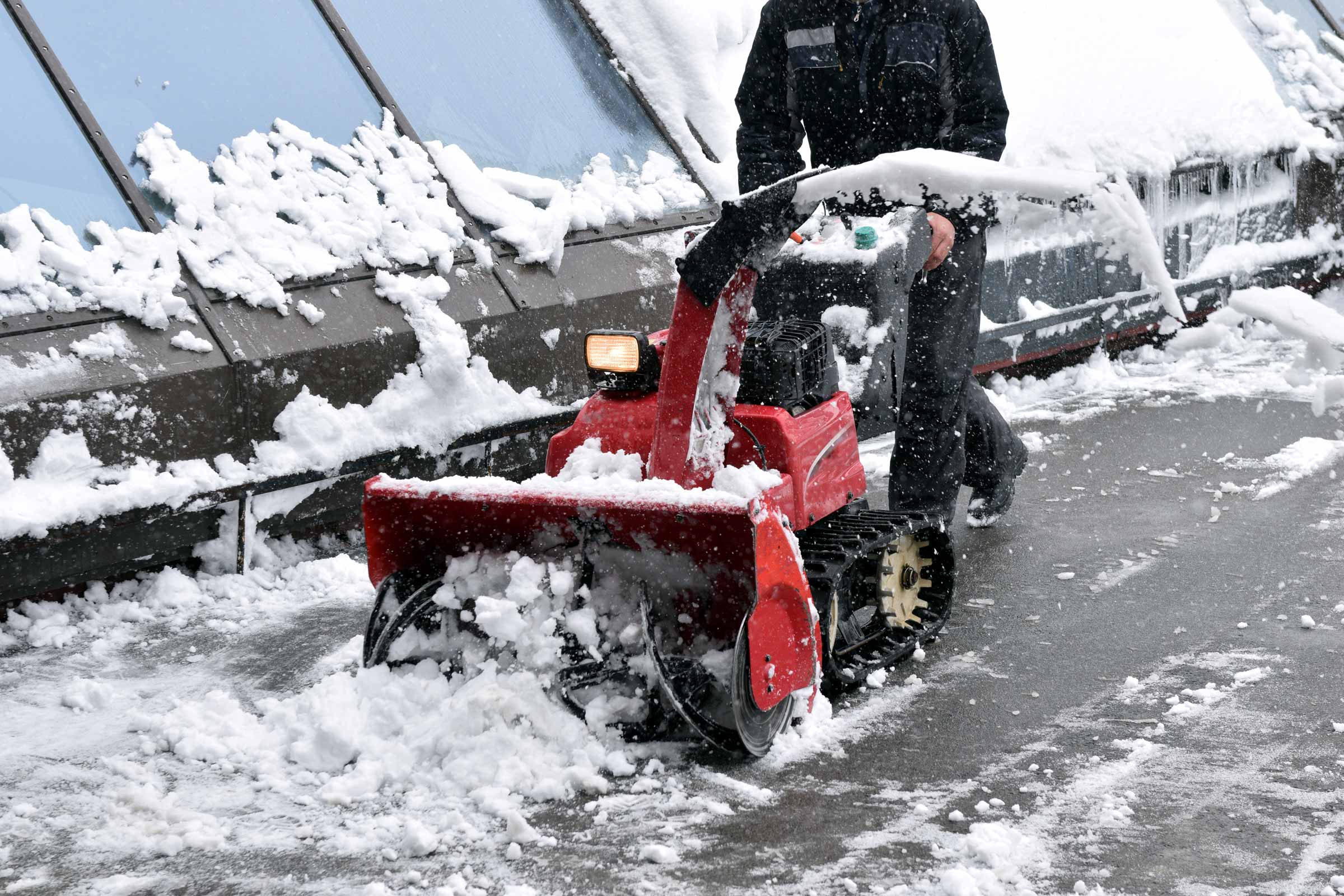

Snow Blower Buying Guide
By Grainger Editorial Staff 10/1/17


Weather can pose some of the biggest safety concerns for your place of business. It’s unpredictable and can be uncontrollable without the right tools. In some conditions, clearing snow requires more than a shovel or pusher. There are different types of snow blowers available to do the heavy lifting during the winter. Check out this snow blower buying guide to learn all about the various models so you can get the right one that fits your needs.
How to Choose a Snow Blower?
Before you buy a snow blower, you need to ask yourself: What exactly are my needs? Here are some questions to consider when choosing a snow blower:
- How much snow do I need to clear?
- How large of an area needs to be cleared?
- What type of snow needs to be cleared?
- What kind of terrain will I be working on?
Once you understand your needs, you can find the best type of snow blower for the task at hand.
Types of Snow Blowers
Snow blowers fall into four basic categories:
- Single-stage electric
- Single-stage gas
- Two-stage gas
- Three-stage gas
Single-Stage Electric Snow Blowers
Single-stage electric snow blowers are your typical machine. They are capable of clearing light, fluffy snow on sidewalks and small driveways. Most models can safely and efficiently work with less than 6 inches of snow but can throw it up to 30 feet. Single-stage electric machines are the easiest snow blower to use because they’re very lightweight, quiet and maintenance free, as they don’t require gas or oil. All they require is a weather-proof extension cord.
Single-State Gas Snow Blowers
Single-stage gas snow blowers are a little bit more advanced than electric. They can accommodate larger amounts of snow up to 9 inches on level, mid-sized paved driveways and walkways. Powered by gasoline, these snow blowers don’t require cords or outlets and have greater available clearing widths and intake heights than electric models.
Two- and Three-Stage Gas Snow Blowers
Two-stage and three-stage gas snow blowers are the most advanced and capable models out there. Some two-stage gas machines are capable of clearing snow up to 16 inches in wide, long driveways. In addition, these machines can better handle rocky terrain and slightly steep inclines. The two step process refers to an auger that collects the snow and an impeller fan that shoots it out. On the other hand, three-stage snow blowers are the most powerful machines on the market, equipped to quickly handle up to 18 inches of wet, heavy snow. The feature that makes this possible is the accelerator, which chops up and pushes snow and ice through the impeller, launching it at a high speed for optimum efficiency.
| Model | Amount of Snow | Size of Area | Type of Terrain |
|---|---|---|---|
|
Single-stage electric |
Up to 6 inches |
Less than 40 feet |
Paved and flat |
|
Single-stage gas |
Up to 9 inches |
Up to 60 feet |
Midsized and paved |
|
Two-stage gas |
Up to 16 inches |
More than 60 feet |
Slightly rocky or steep |
|
Three-stage gas |
Up to 18 inches |
More than 60 feet |
Rocky and uphill |
Choose the best snow blower that caters to your needs. Be sure to read and follow the manufacturer’s operating and safety instructions before and during use.
The information contained in this article is intended for general information purposes only and is based on information available as of the initial date of publication. No representation is made that the information or references are complete or remain current. This article is not a substitute for review of current applicable government regulations, industry standards, or other standards specific to your business and/or activities and should not be construed as legal advice or opinion. Readers with specific questions should refer to the applicable standards or consult with an attorney.

